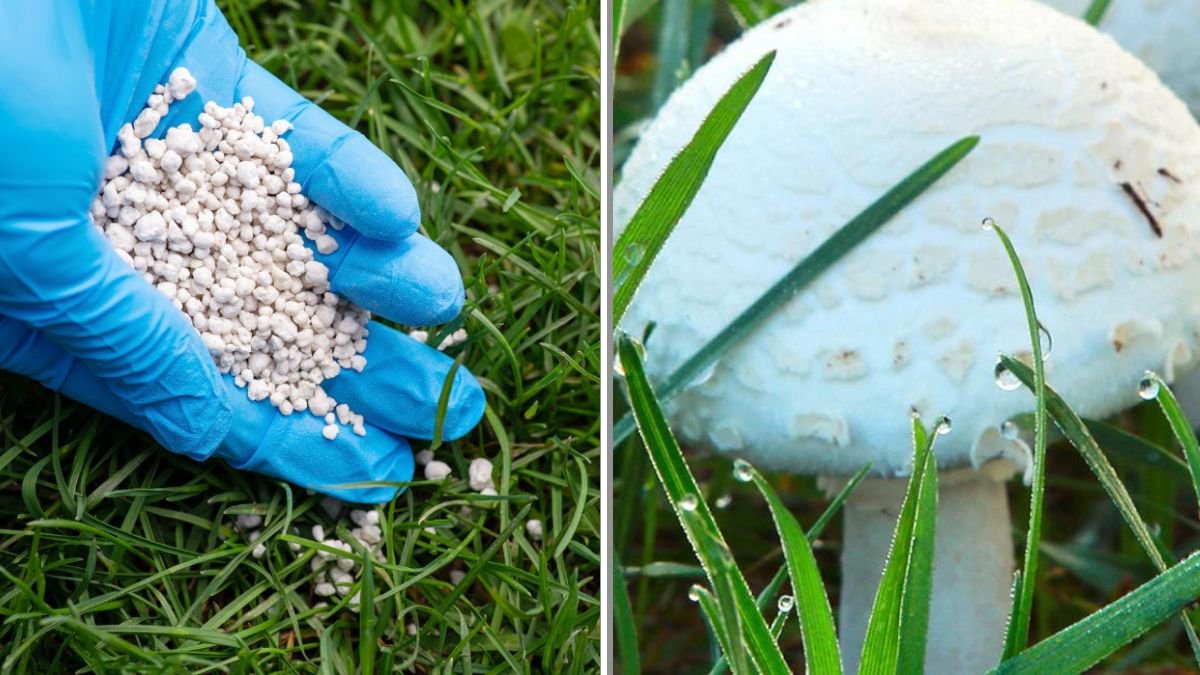Few things frustrate homeowners more than seeing patches of brown, yellow, or white fungus creeping across their once-healthy lawn. Lawn fungus is a common problem that can appear seemingly overnight, turning lush grass into a patchy, unsightly mess. But here’s the good news: most fungal diseases are preventable with the right approach.
The secret to preventing lawn fungus before it starts lies in creating conditions where your grass thrives—and fungus doesn’t. In this article, we’ll explore why fungus develops, what conditions trigger outbreaks, and proactive steps you can take to protect your lawn.
Understanding Lawn Fungus
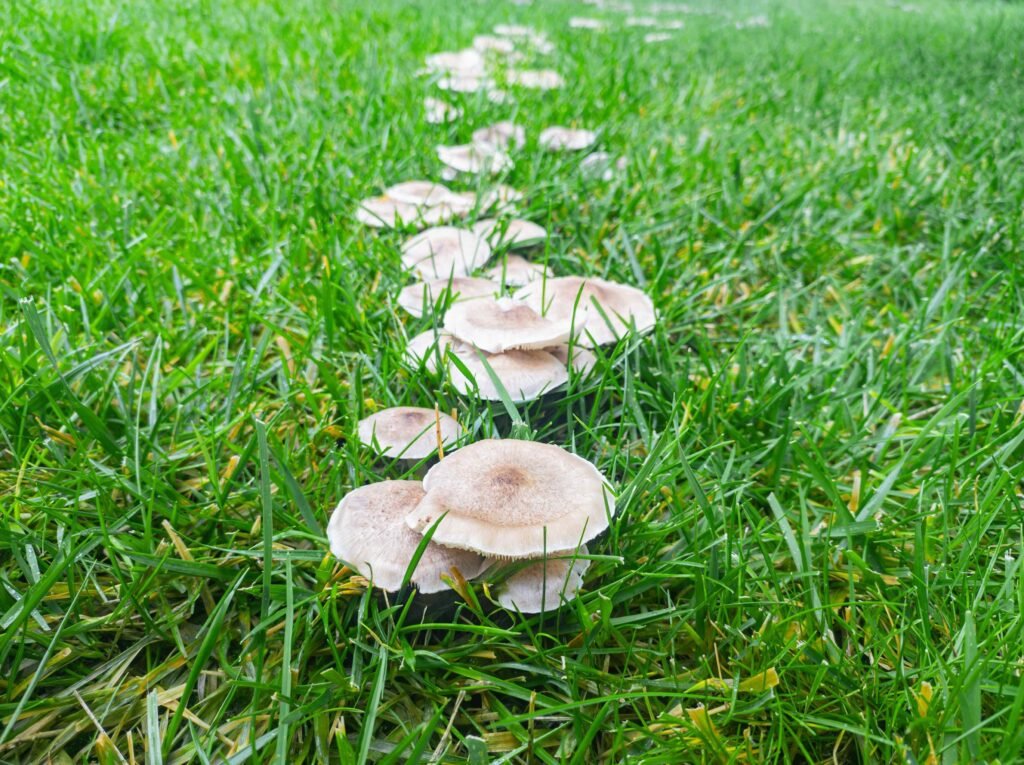
Fungus in lawns comes in many forms, from powdery mildew to brown patch disease and dollar spot. While each has unique traits, they all share one thing in common: they flourish when the lawn is stressed or growing under the wrong conditions.
Common fungal lawn diseases include:
- Brown patch: Circular brown or tan patches caused by high humidity and heat.
- Dollar spot: Small silver-dollar-sized spots that spread into larger dead zones.
- Powdery mildew: White, powdery coating on grass blades, often in shady areas.
- Rust fungus: Reddish or orange powder that rubs off easily on shoes and pets.
Why Fungus Appears
Fungal spores exist naturally in soil and grass. They don’t always cause problems—until conditions tip in their favor. The most common triggers are:
- Excess moisture: Overwatering, poor drainage, or high humidity.
- Mowing mistakes: Cutting too short stresses grass and exposes it to disease.
- Compacted soil: Prevents roots from accessing air and water, weakening turf.
- Nutrient imbalance: Too much nitrogen (especially in hot weather) fuels fungal growth.
- Shade and poor airflow: Damp, shaded areas dry out slowly, encouraging fungi.
Key takeaway: Lawn fungus thrives in stress. A strong, well-maintained lawn is your best defense.
Step 1: Water the Right Way

Watering habits are one of the biggest factors in fungus prevention.
- Deep, infrequent watering: Water 1 inch per week in one or two sessions. This encourages deep root growth.
- Morning watering: Water early in the day so grass blades dry quickly, reducing humidity.
- Avoid nightly sprinkling: Damp grass overnight is a perfect environment for fungus.
Pro tip: Use a soil moisture meter to ensure you’re not overwatering.
Step 2: Mow for Health, Not Just Looks
How you mow your lawn can either strengthen it or make it vulnerable.
- Set mower blades higher: Keep grass 3–4 inches tall to shade soil and conserve moisture.
- Never cut more than 1/3 of the blade at once: Sudden drastic cuts shock the grass.
- Keep blades sharp: Dull blades tear grass, creating wounds that invite disease.
- Grasscycling: Leave clippings on the lawn—they decompose into natural fertilizer and help retain moisture.
Step 3: Improve Soil Health
Healthy soil is the foundation of a fungus-resistant lawn.
- Aerate compacted soil: Aeration opens pathways for air, water, and nutrients.
- Topdress with compost: Adds organic matter, improving soil fertility and microbial balance.
- Check pH levels: Grass thrives in slightly acidic to neutral soil (pH 6–7). Imbalanced soil weakens turf and favors disease.
Pro tip: A soil test reveals nutrient deficiencies so you can apply targeted, eco-friendly amendments.
Step 4: Fertilize Wisely
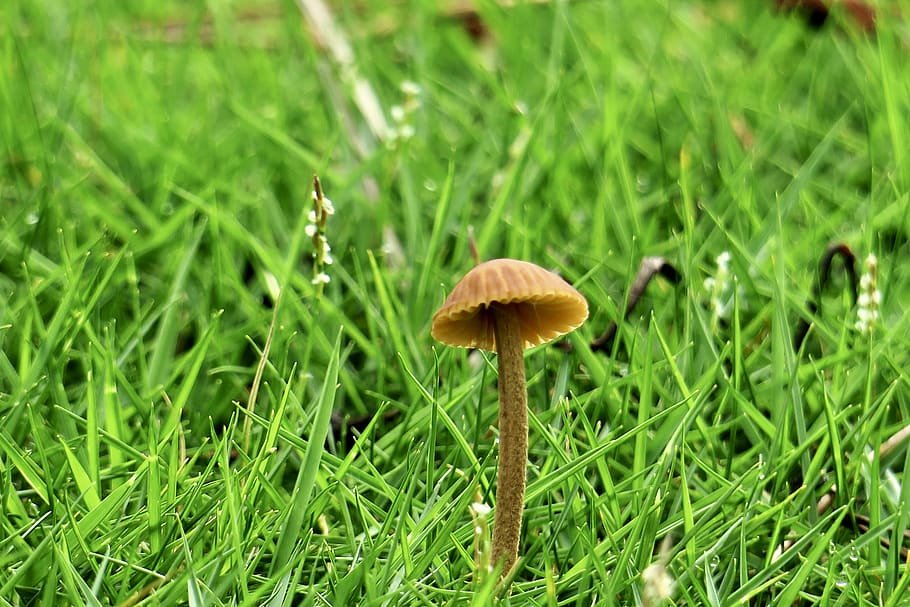
Fertilizer misuse—especially too much nitrogen—creates lush but weak growth that fungus loves.
- Use slow-release fertilizers: Provide steady nutrients without overstimulating growth.
- Fertilize seasonally: Cool-season grasses benefit from spring and fall feedings; warm-season grasses thrive on summer schedules.
- Avoid summer overfertilization: High heat plus excess nitrogen is a recipe for fungus.
Step 5: Encourage Airflow and Sunlight
Fungi thrive in still, damp conditions. Improving airflow and sunlight exposure goes a long way.
- Prune overhanging trees and shrubs: Allows more sunlight to reach shaded lawn areas.
- Thin dense plantings: Increase airflow around grass.
- Strategic landscaping: Avoid planting trees too close together, which traps humidity.
Step 6: Overseed with Resistant Varieties
Not all grasses are equally prone to fungal diseases.
- Resistant cultivars: When overseeding, choose newer grass varieties bred for disease resistance.
- Mix grass types: A diverse lawn is less likely to suffer total loss from one fungal outbreak.
Step 7: Practice Good Lawn Hygiene
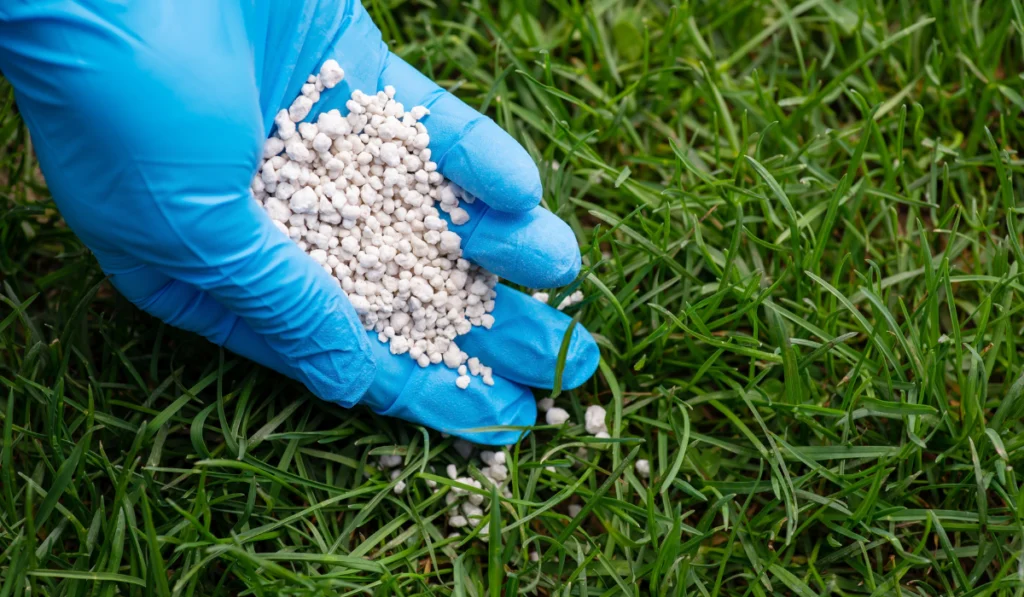
Just like humans, lawns benefit from preventive hygiene practices.
- Clean tools: Disinfect mowers and garden tools to avoid spreading spores.
- Remove infected debris: Don’t compost fungus-infected clippings or leaves.
- Rotate traffic: Avoid wearing out the same lawn paths, which can stress grass.
Step 8: Use Fungicides Sparingly (Only If Needed)
Preventive fungicides can help in high-risk areas, but they’re not always necessary.
- Spot treat, don’t blanket spray: Target infected or high-risk areas rather than the entire lawn.
- Follow timing carefully: Fungicides work best preventively, not after major outbreaks.
- Eco-friendly alternatives: Consider neem oil or compost teas as natural disease suppressants.
Step 9: Accept Seasonal Dormancy vs. Disease
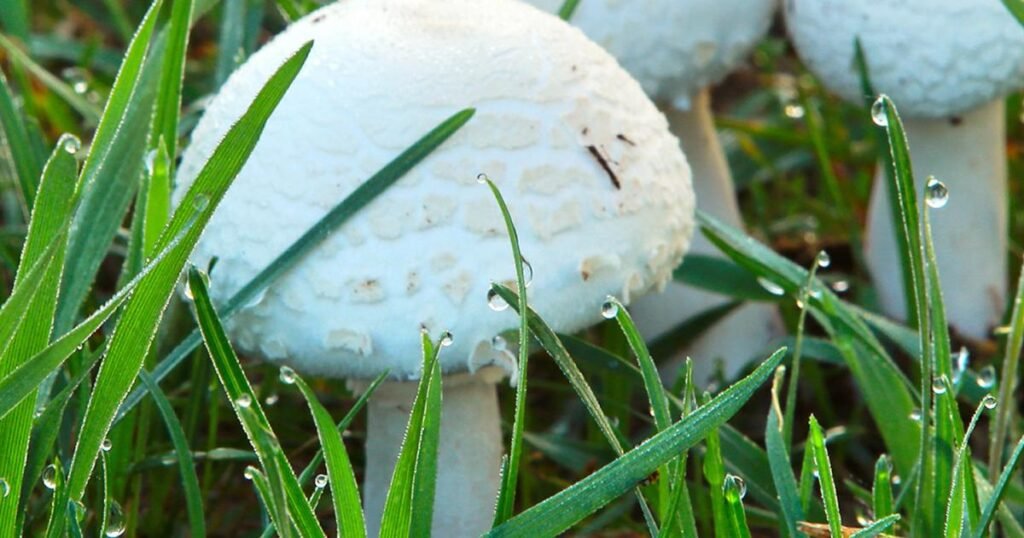
Sometimes lawns look stressed because of natural dormancy—not fungus.
- Cool-season grasses: Brown out in hot summer but revive in fall.
- Warm-season grasses: Slow in cooler months but bounce back in summer.
Tip: Learn your grass type so you can tell the difference between dormancy and fungal stress.
Final Thoughts
The real secret to preventing lawn fungus isn’t a single product or quick fix. It’s about creating a resilient, well-balanced ecosystem where your lawn thrives naturally and fungi can’t gain the upper hand.
By watering properly, mowing smartly, improving soil health, fertilizing wisely, and encouraging airflow, you’ll build a strong lawn that resists disease on its own. Fungicides may have their place, but they should be a last resort—not your first line of defense.
A lawn that’s healthy from the ground up is the best protection against fungus—and once you learn to nurture it right, you’ll spend less time battling problems and more time enjoying your beautiful, green yard.
